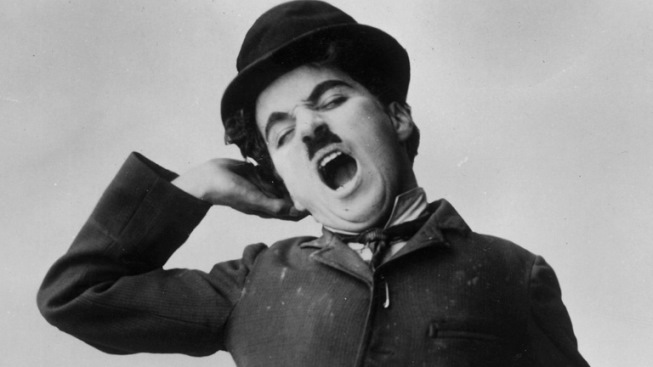Charlie Chaplin

Important moments in Chaplin's life
- Charles Spencer Chaplin was born on 16 April 1889.
- Chaplin's childhood was fraught with poverty and hardship.
- Hannah, his mum, had no means of income. As the situation deteriorated, Chaplin was sent to Lambeth Workhouse when he was seven years old.
- Between his time in the poor schools and his mother succumbing to mental illness, Chaplin began to perform on stage.
- Six months into a second American tour, Chaplin was invited to join the New York Motion Picture Company.
- Chaplin thought the Keystone comedies "a crude mélange of rough and rumble", but liked the idea of working in films. He met with the company and signed a $150-per-week ($3,635 in 2016 dollars) contract in September 1913.
- He was not used in a picture until late January, during which time Chaplin attempted to learn the processes of filmmaking.
More history
- The one-reeler Making a Living marked his film acting debut and was released on 2 February 1914. Chaplin strongly disliked the picture, but one review picked him out as "a comedian of the first water".
"I wanted everything to be a contradiction: the pants baggy, the coat tight, the hat small and the shoes large ... I added a small moustache, which, I reasoned, would add age without hiding my expression. I had no idea of the character. But the moment I was dressed, the clothes and the makeup made me feel the person he was. I began to know him, and by the time I walked on stage he was fully born."
- "The Tramp" character, as it became known, debuted to audiences in Kid Auto Races at Venice – shot later than Mabel's Strange Predicament but released two days earlier.
- Chaplin asserted a high level of control over his pictures and started to put more time and care into each film.
- Chaplin also began to alter his screen persona, which had attracted some criticism at Keystone for its "mean, crude, and brutish" nature. The character became more gentle and romantic; The Tramp (April 1915) was considered a particular turning point in his development.
- During 1915, Chaplin became a cultural phenomenon. Shops were stocked with Chaplin merchandise, he was featured in cartoons and comic strips, and several songs were written about him.
- In 1916, a contract was negotiated with Mutual that amounted to $670,000 a year, which Robinson says made Chaplin – at 26 years old – one of the highest paid people in the world.
Film highlights
Life is a tragedy when seen in close-up, but a comedy in long-shot.
Other Links
Charlie Chaplin's Honorary Award: 1972 OscarsMusic in Charles Chaplin